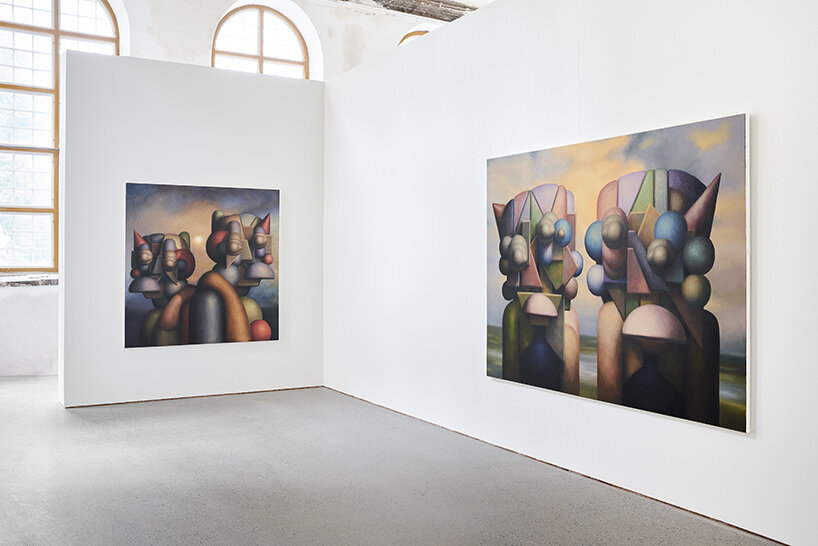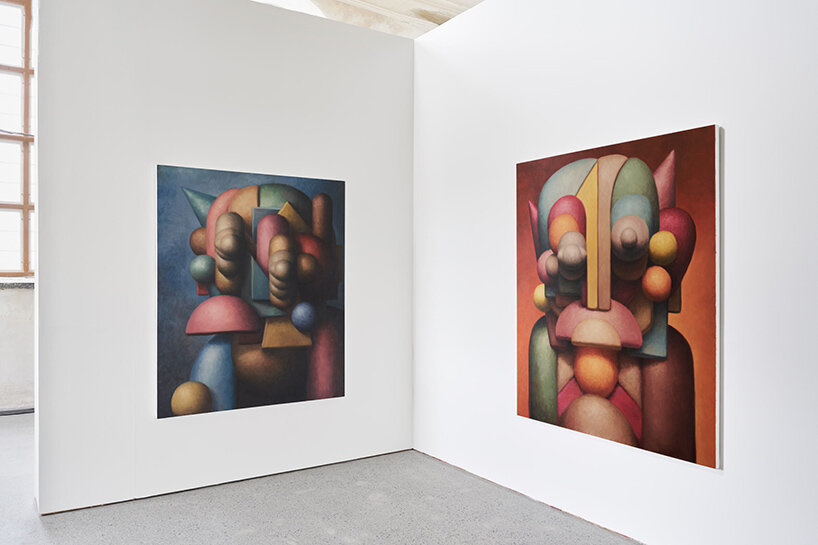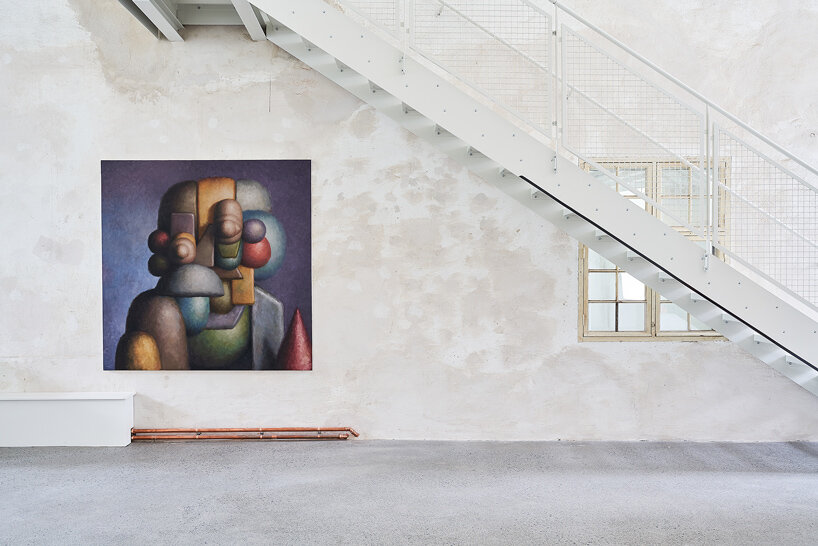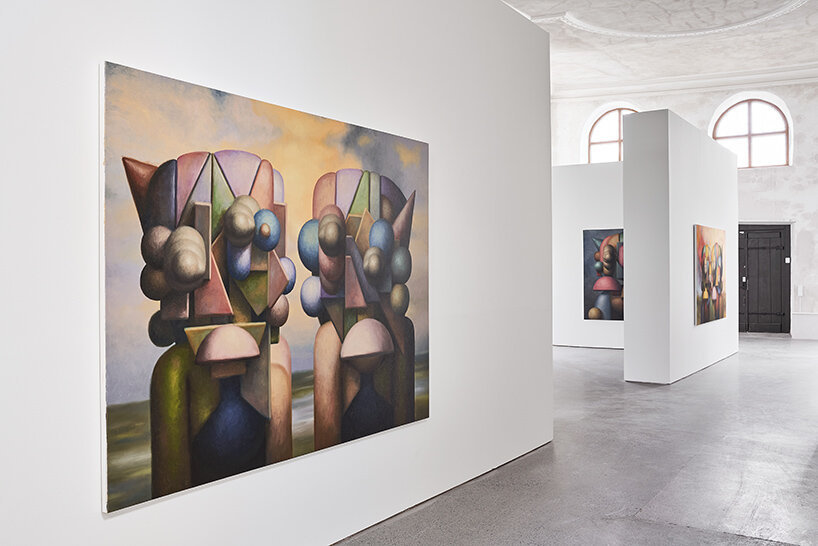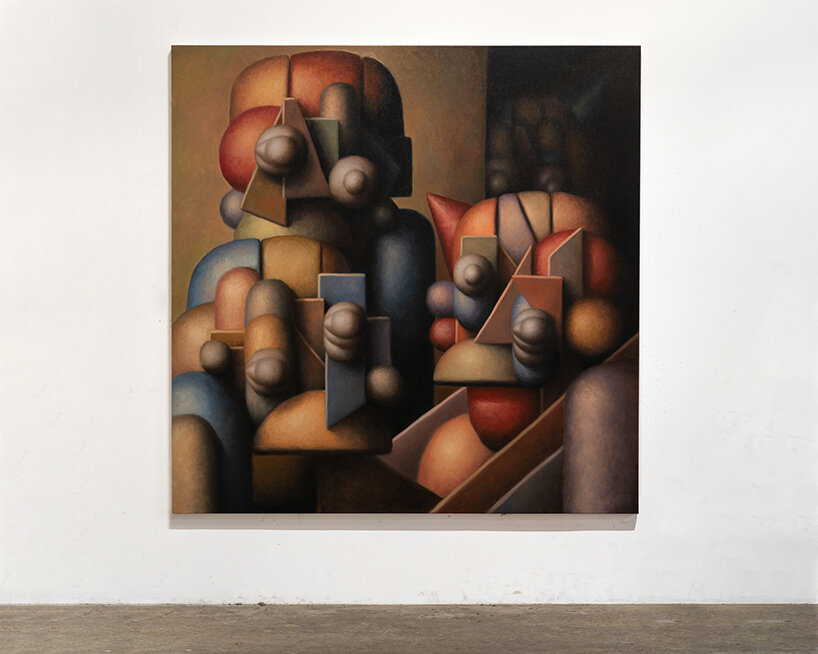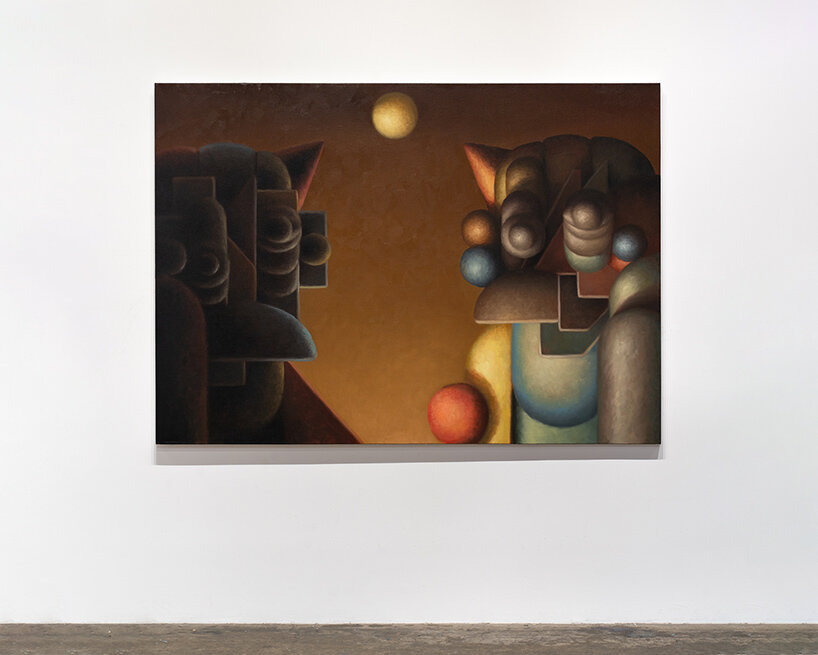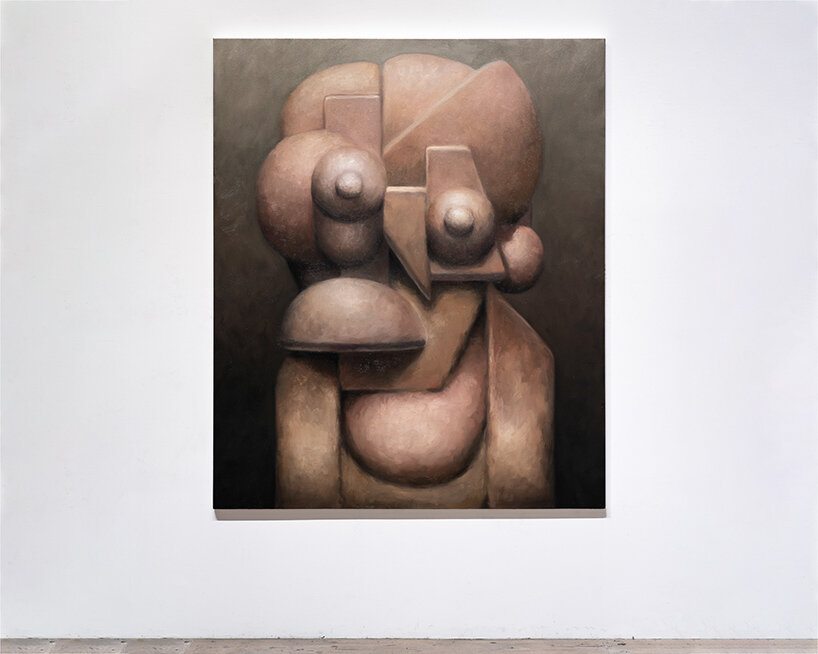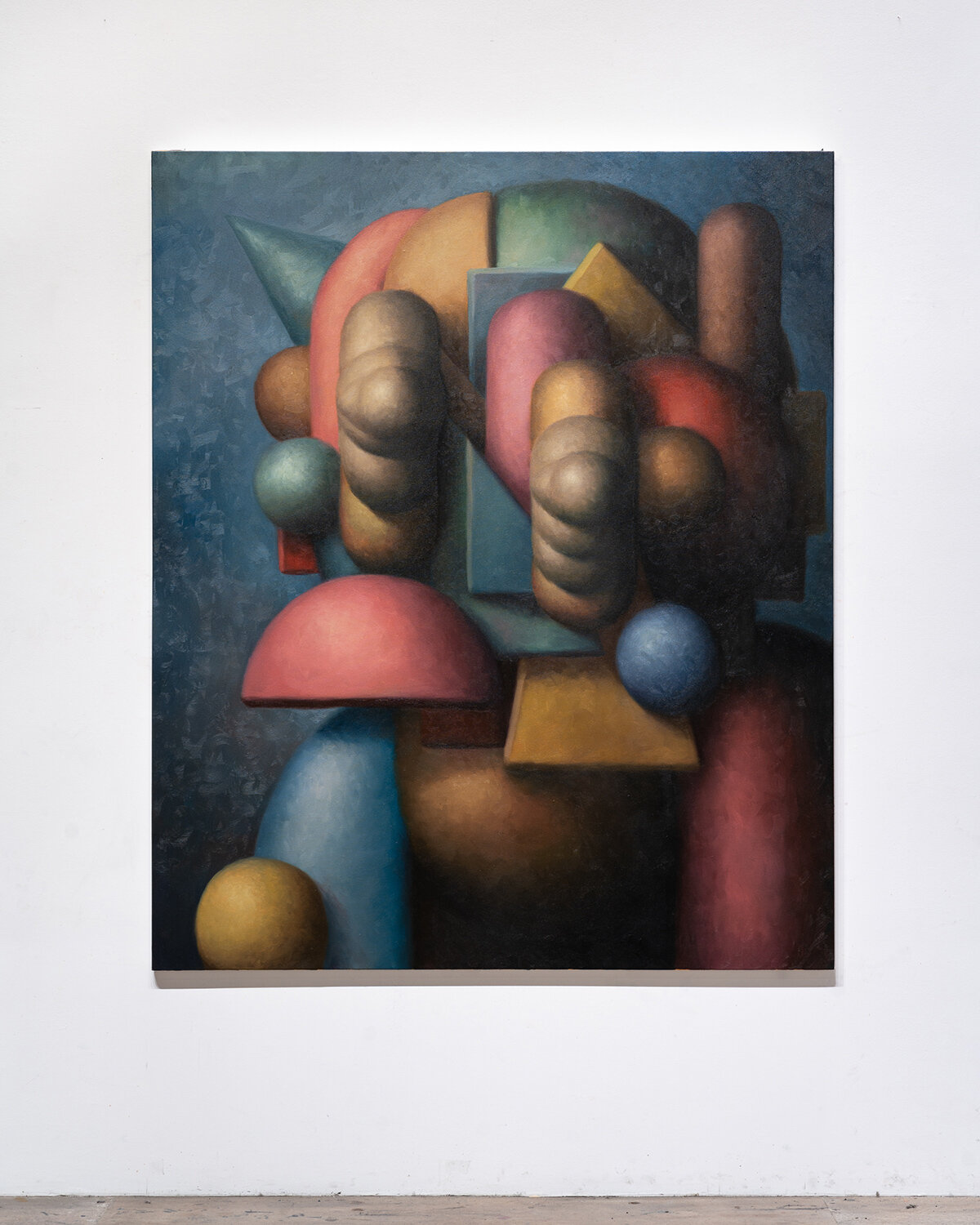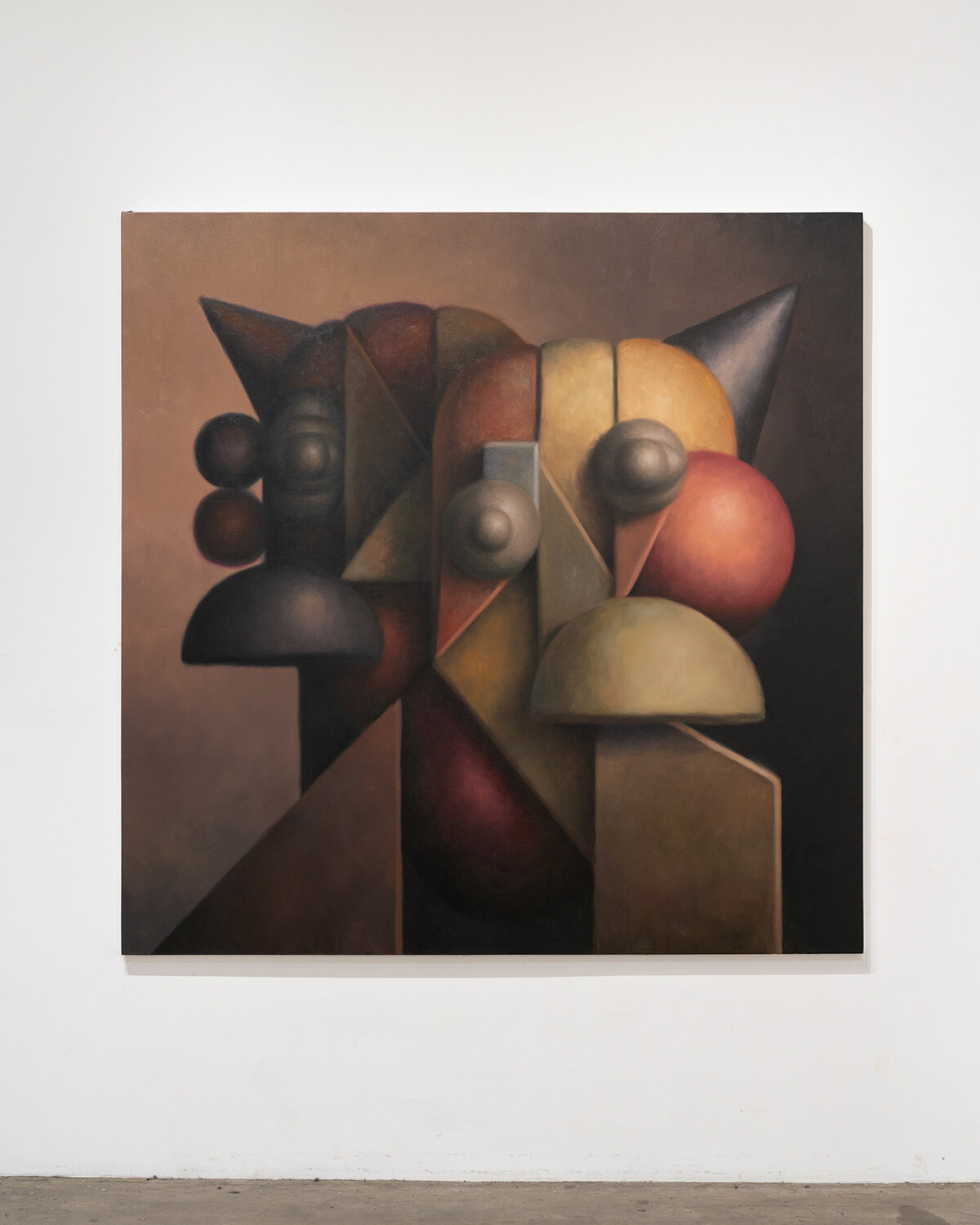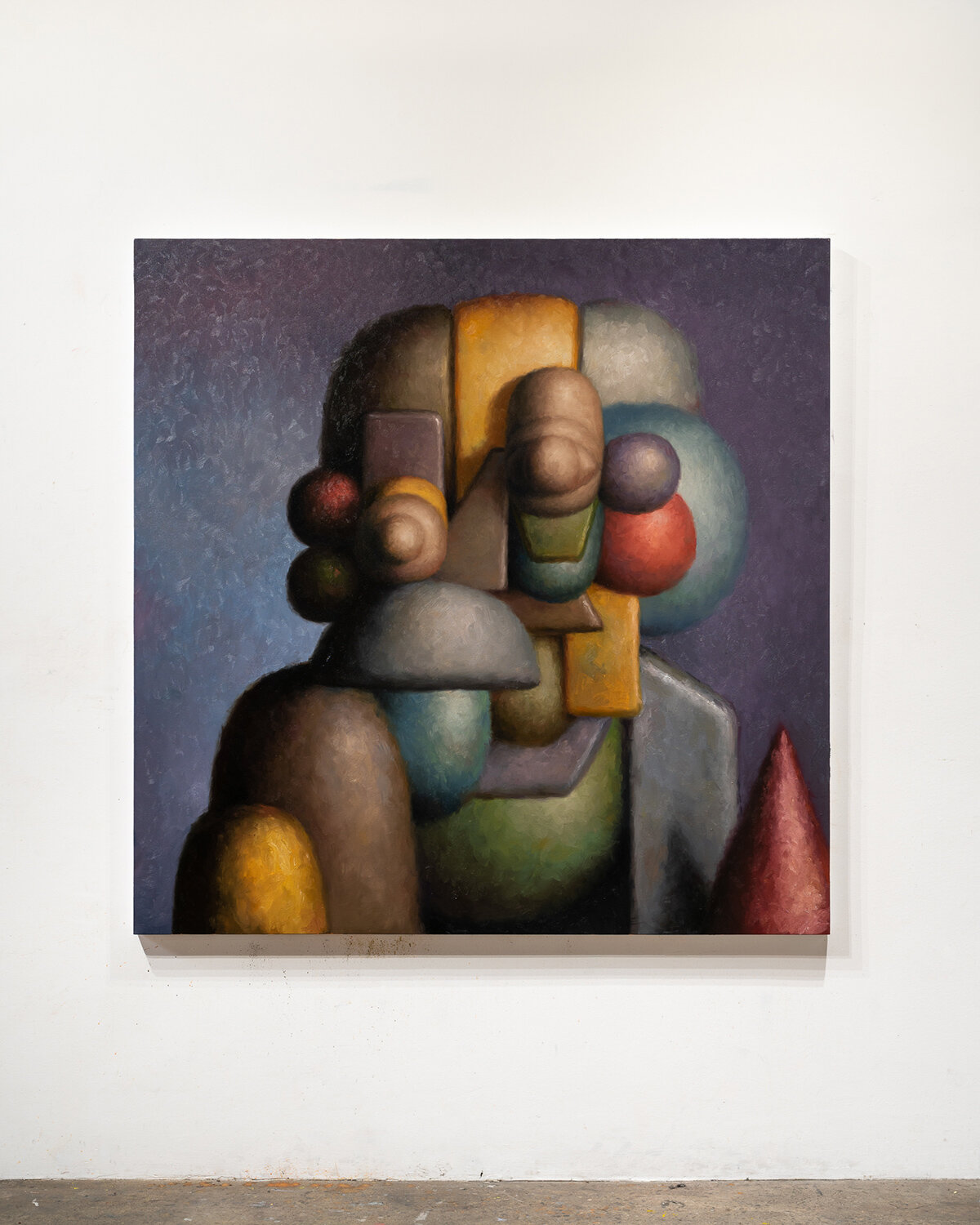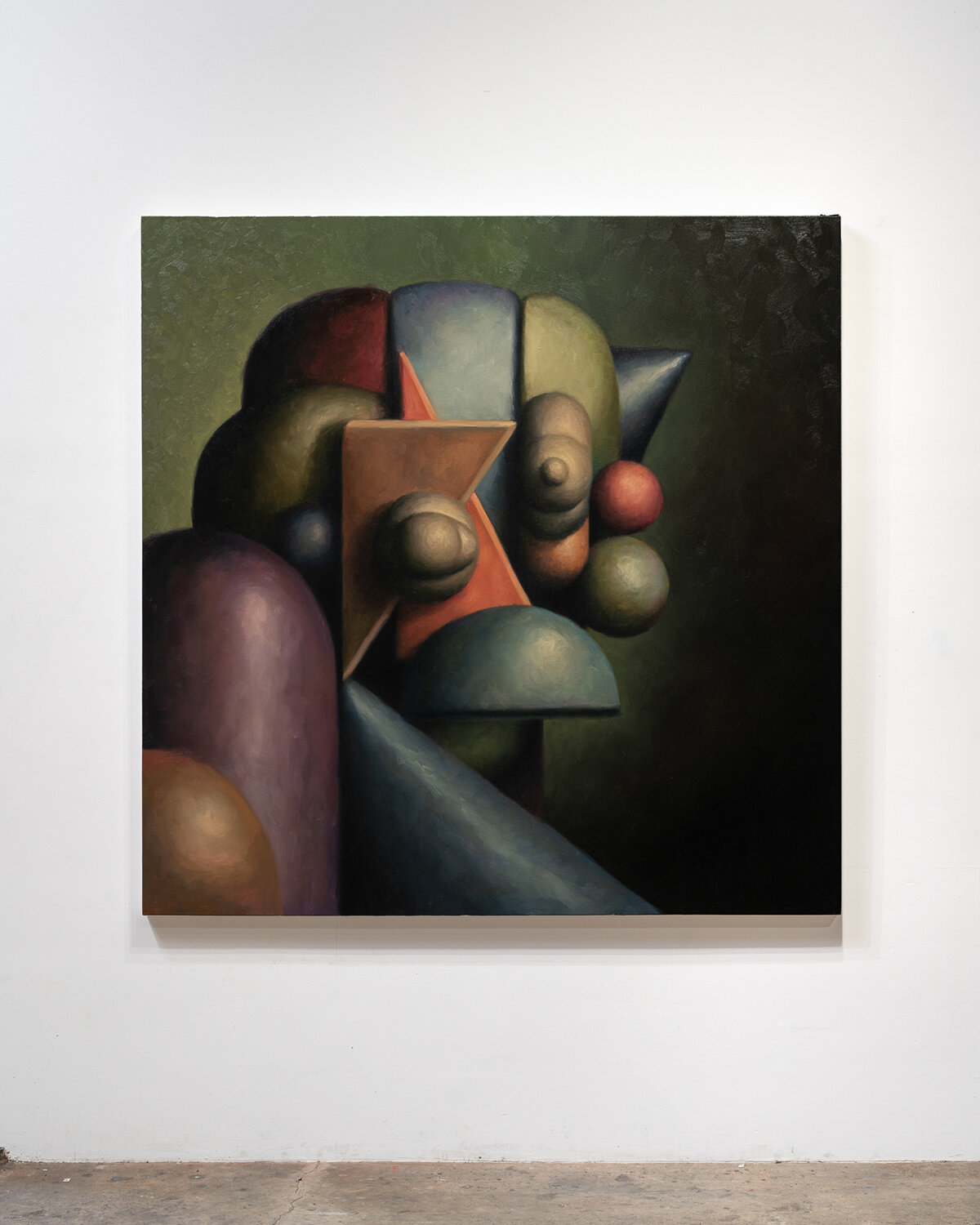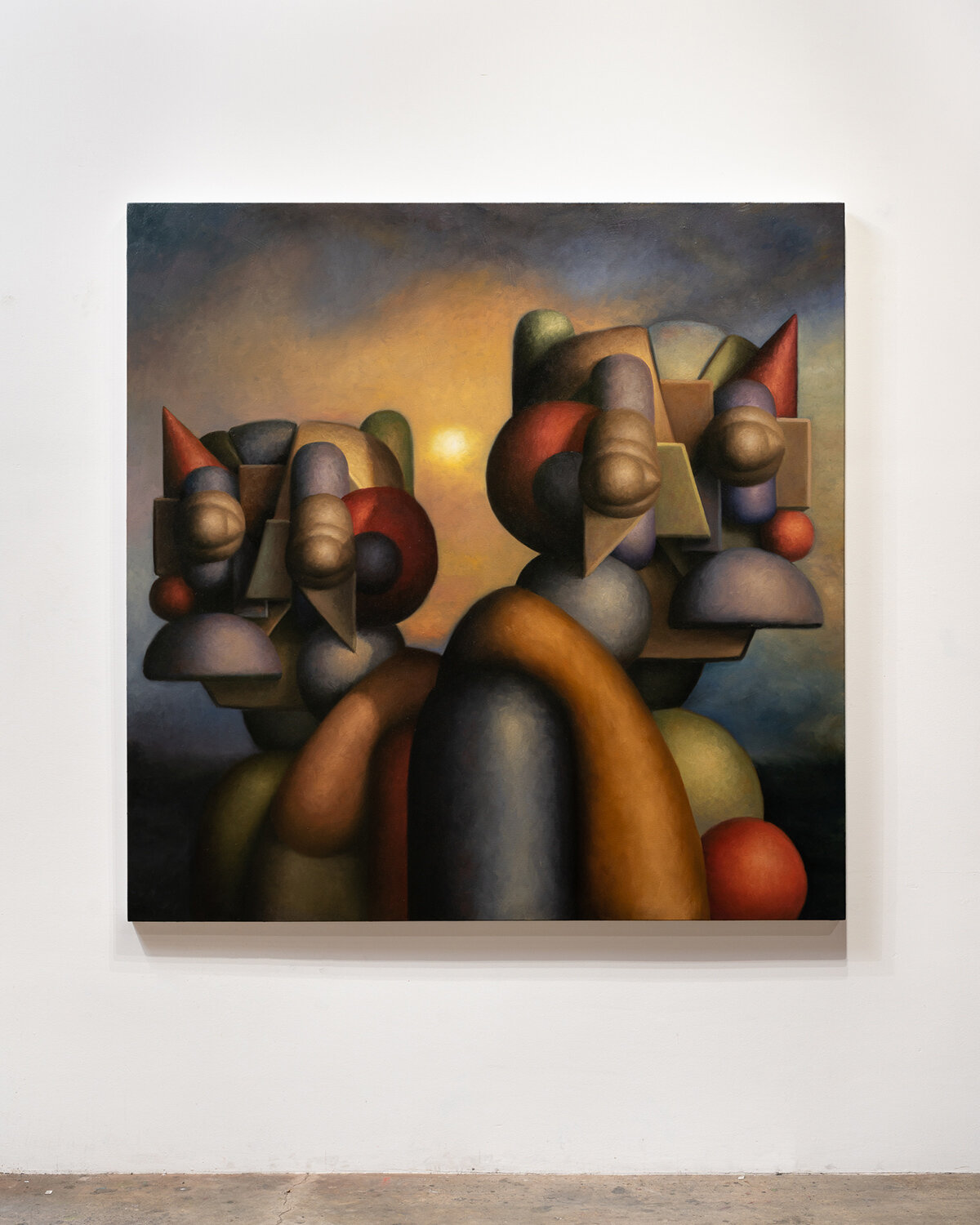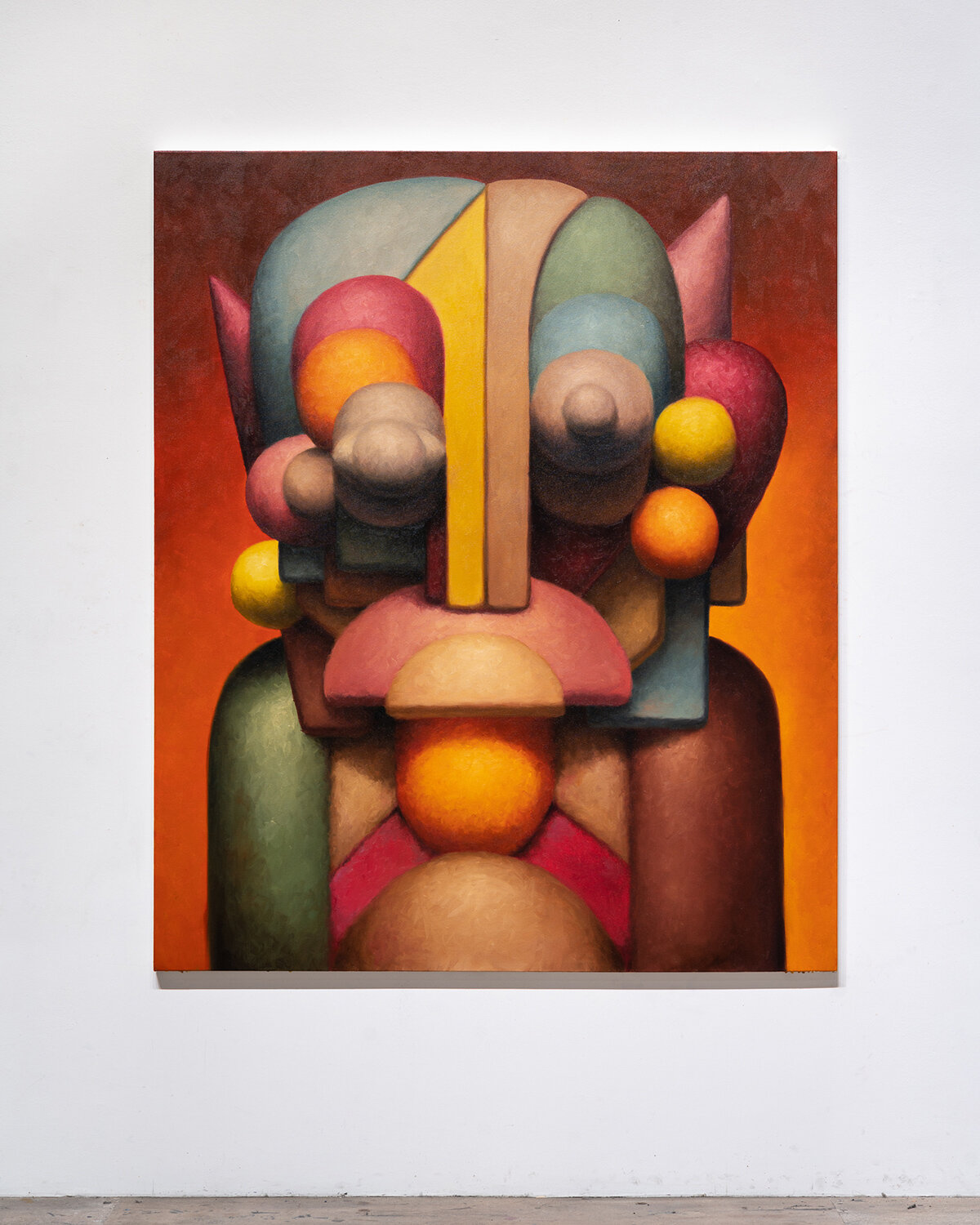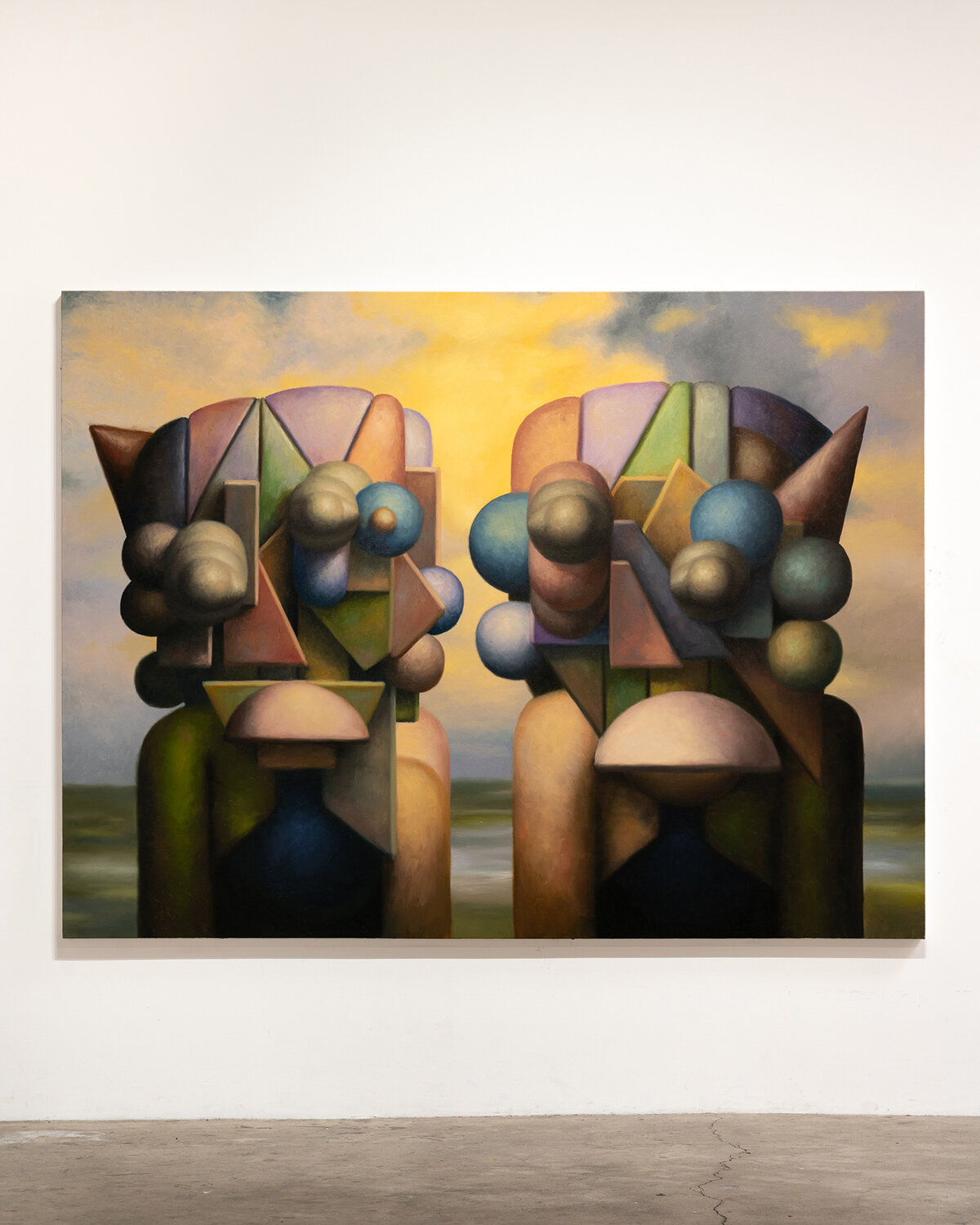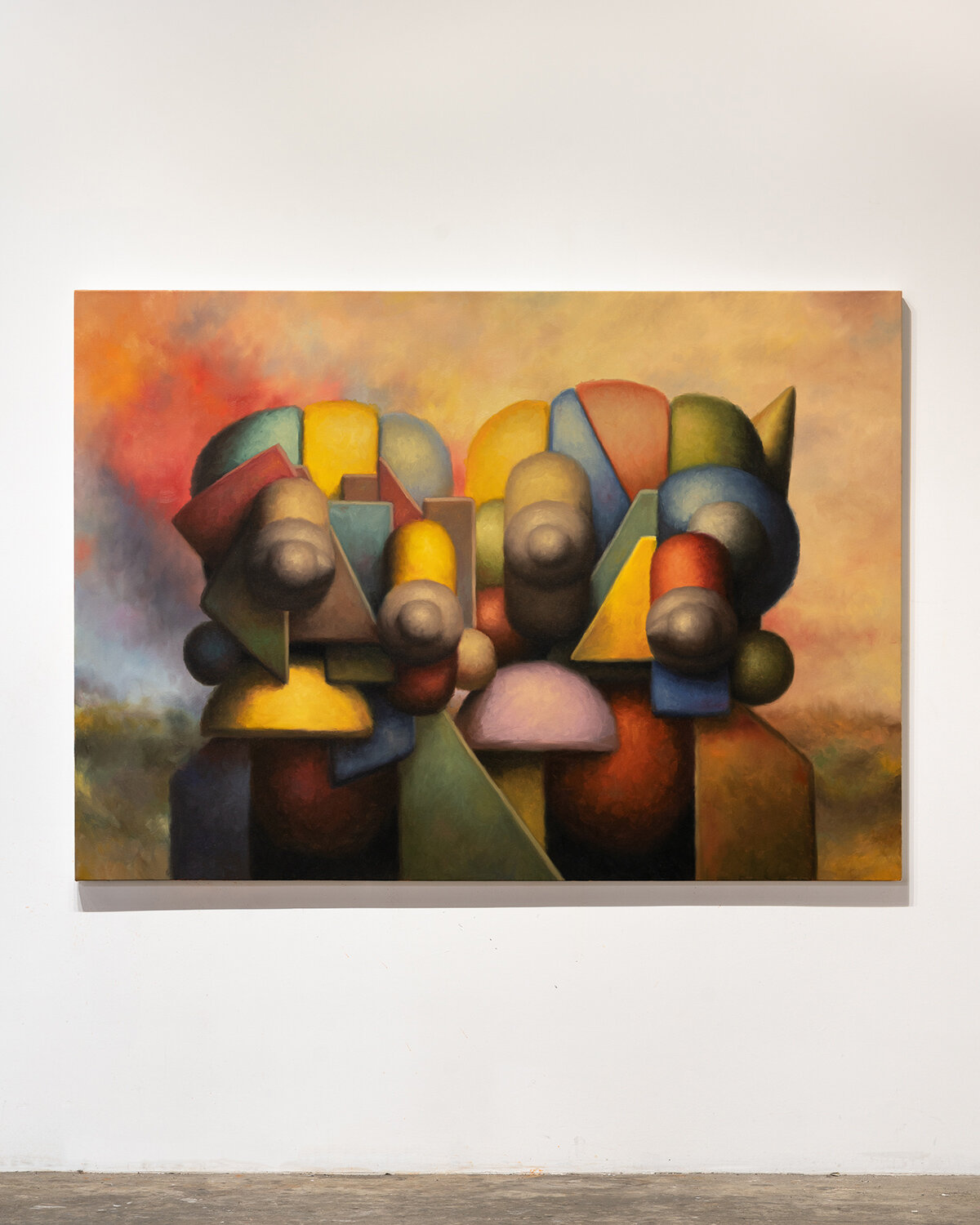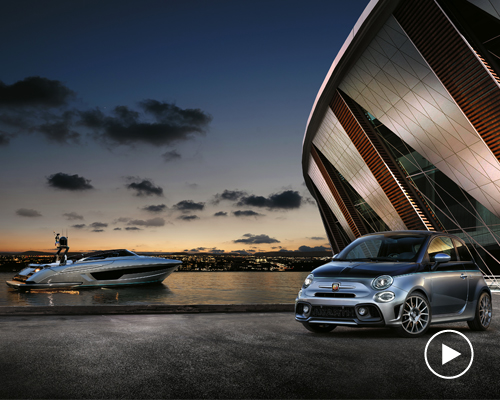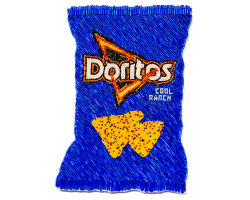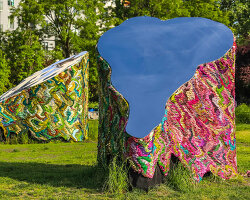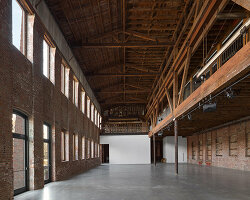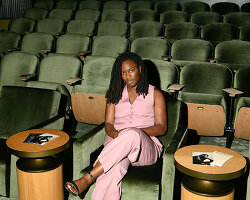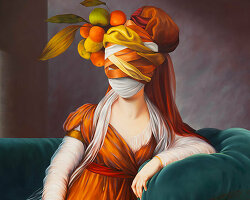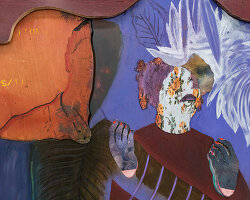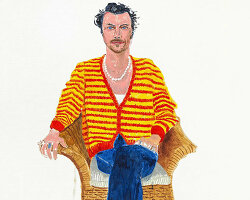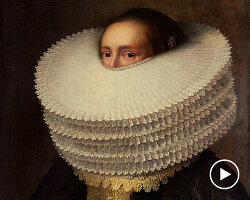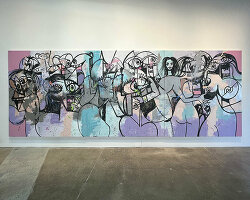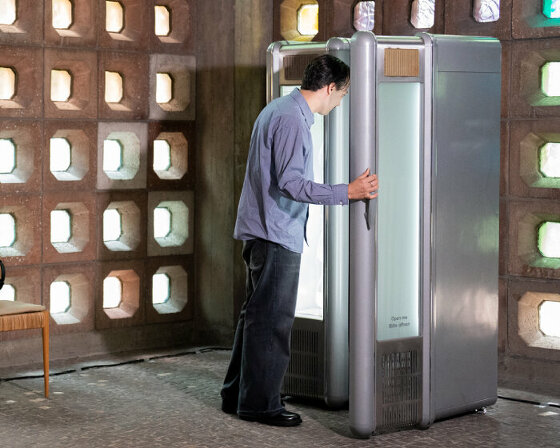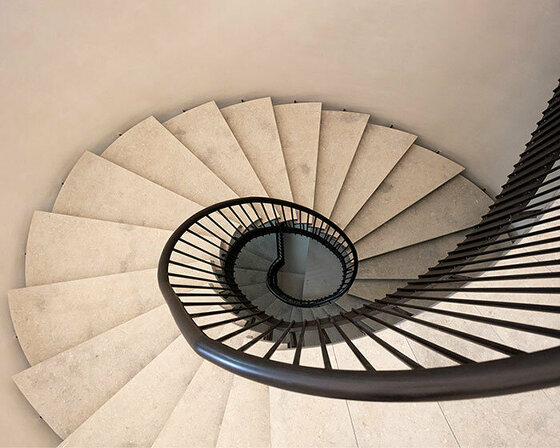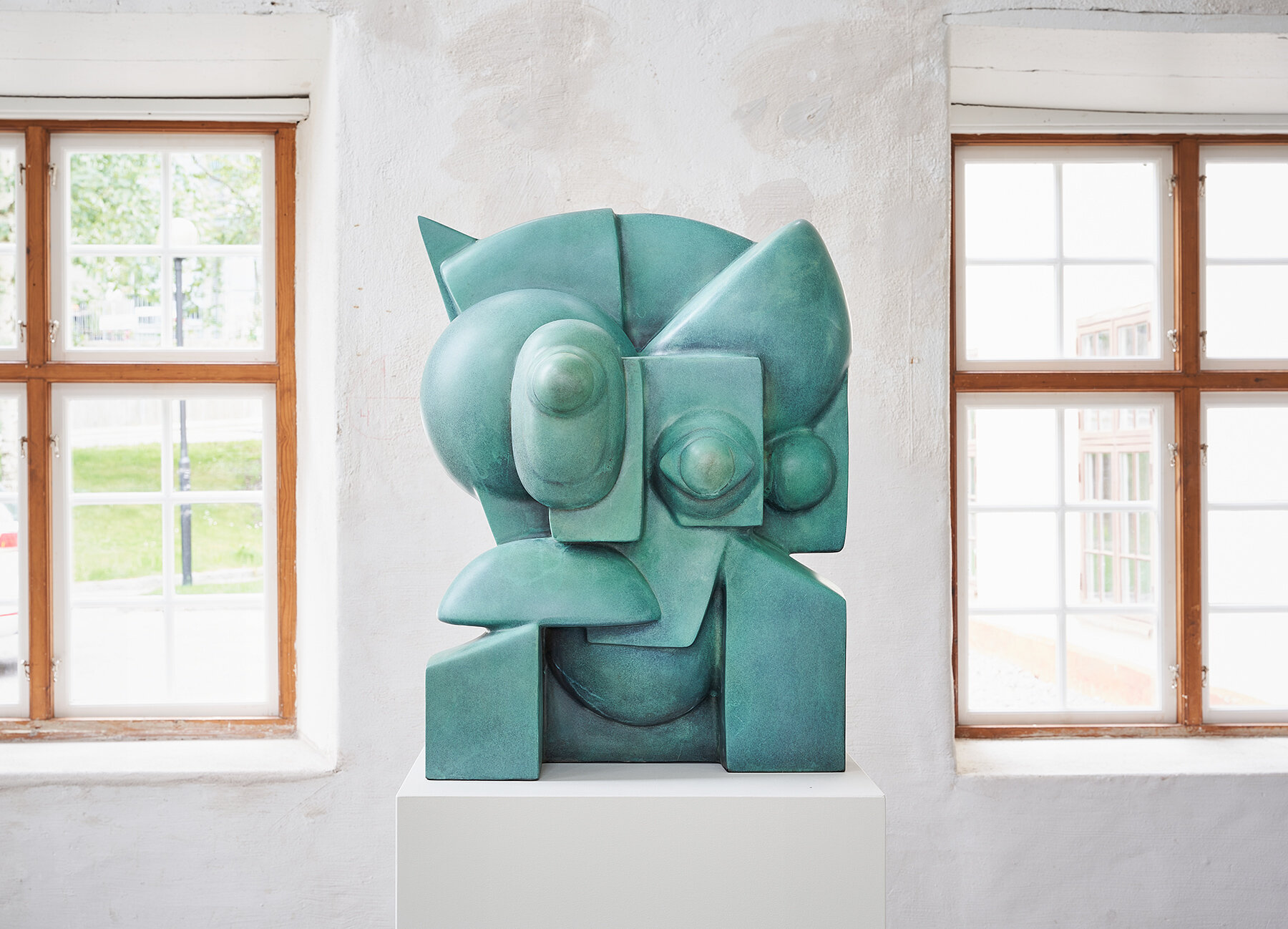
Devon DeJardin, Guardian Alden, 2024, bronze | image © Per Englund
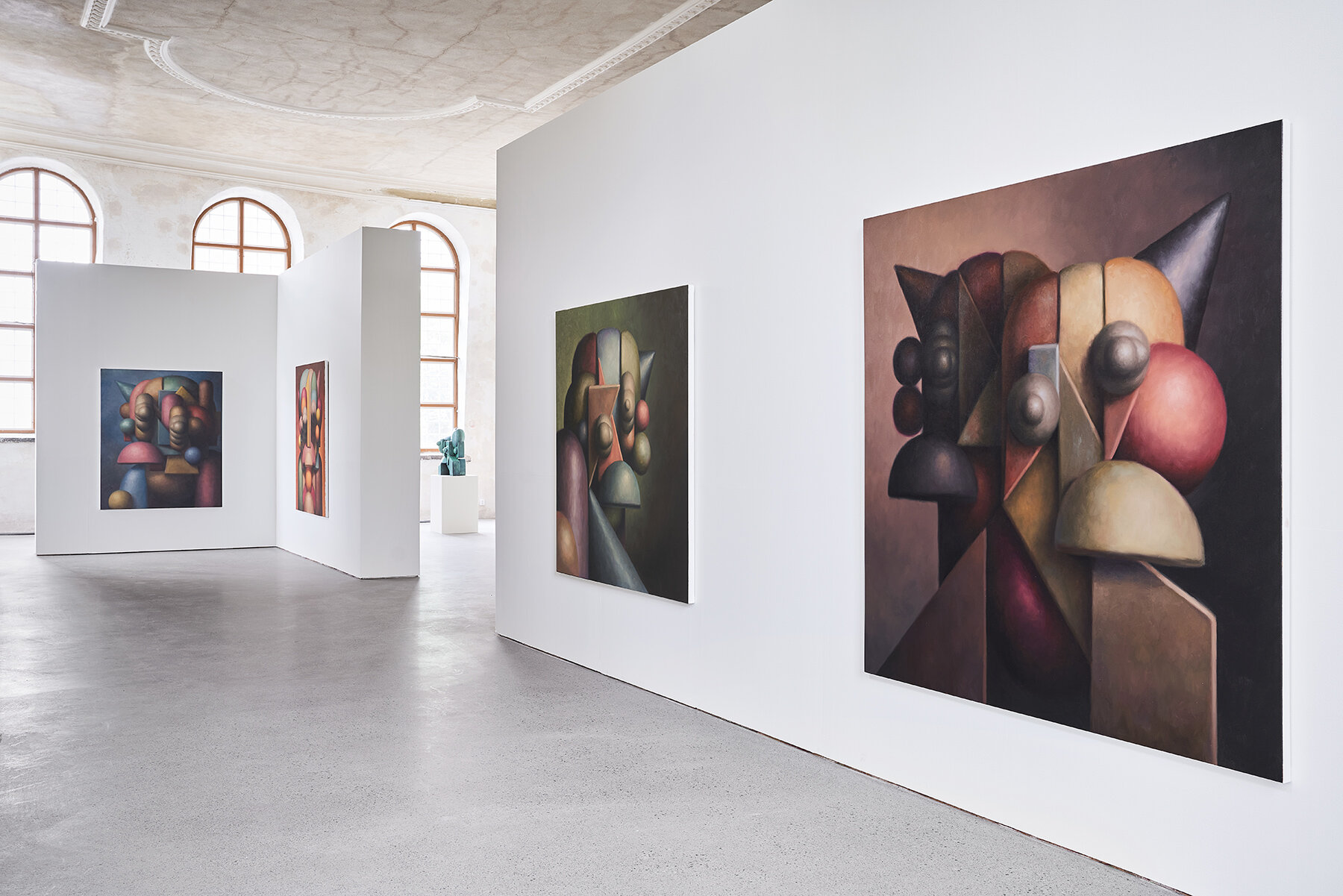
Devon DeJardin, Pareidolia, exhibition view | image © Per Englund
KEEP UP WITH OUR DAILY AND WEEKLY NEWSLETTERS
happening this week! discover riva, the historic brand that blending technology and tradition, reinventing a contemporary, modern, and unique style for fiberglass yachts between 27 and 164 feet in length.
PRODUCT LIBRARY
designboom sat with the studio's co-founder, hannes koch, who decoded the essence of the triptych, his fascination with flocking algorithms, the art of ritualistic spaces, and more.
in less than a year, what started as a personal artistic project quickly grew into show-stopping collaborations for physical iterations in cities like jeddah and miami.
the honesty bar installation presents knötti, an alcohol-free drink made from local waters, german hops, and invasive japanese knotweed.
connections: +410
the staircase is inclined at a 5-degree angle — enough to be noticeable but not immediately obvious, creating a sense of doubt.

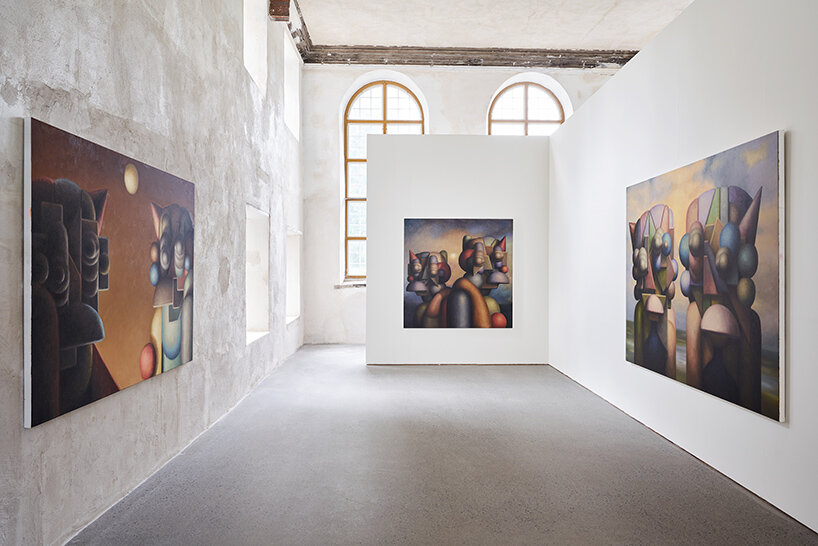 Devon DeJardin, Pareidolia, exhibition view | image ©
Devon DeJardin, Pareidolia, exhibition view | image © 